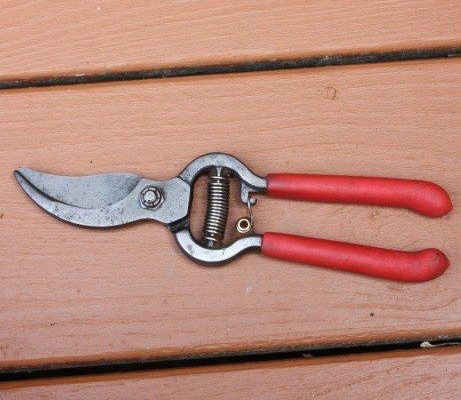5 Ways to Remove Toolbars

Introduction
Toolbars have become increasingly prevalent over the past few years, often coming bundled with a software installation or appearing after downloading a new browser extension. While they can provide quick access to useful tools or websites, they can also clutter your browser, use valuable screen real estate, and negatively impact your browsing experience. In some cases, they even cause security vulnerabilities, making it essential to remove them.
Here are five ways to safely remove toolbars from your computer.
1.Remove via Browser Extension Manager
Most toolbars are essentially browser extensions which can be easily removed using the built-in extension manager of your browser. To remove a toolbar using this method:
– Firefox: Click on the “Menu” button (three horizontal lines), then “Add-ons,” and select “Extensions.” Locate the desired toolbar and click “Remove” or “Disable.”
– Google Chrome: Click on the “Menu” button (three vertical dots), then select “More Tools,” and click on “Extensions.” Locate the desired toolbar and click “Remove.”
– Microsoft Edge: Click on the “Menu” button (three horizontal dots), then pick “Extensions.” Find the toolbar you want to remove and click on the gear icon, then click “Uninstall.”
2.Uninstall Using Control Panel or Settings App
Sometimes toolbars come packaged with software that needs to be uninstalled through the system Settings app or Control Panel.
– Windows: Go to “Control Panel” > “Programs and Features,” find the problematic toolbar’s software, then right-click and choose “Uninstall.”
– macOS: Open the Applications folder in Finder, locate the relevant toolbar application, and drag it to Trash. Right-click on Trash and select “Empty Trash.”
3.Use Third-Party Toolbar Removal Tools
A range of third-party tools are available for quickly removing stubborn toolbars that refuse to go away through conventional methods. Some popular choices include AdwCleaner, Toolbar Cleaner, and Malwarebytes. Download and install any of these apps, scan your system, and follow the removal process from there.
4.Reset Your Browser
If you’re still having trouble removing the toolbar after trying the above methods, you may need to reset your browser settings completely. This step will erase custom preferences, extensions and cookies.
– Firefox: Go to “Menu” > “Help” > “Troubleshooting Information,” then click “Reset Firefox.”
– Google Chrome: Go to “Menu” > “Settings,” scroll down to “Advanced,” select “Restore settings to their original defaults,” then click “Reset Settings.”
– Microsoft Edge: Open the “Menu,” click on “Settings,” go to the “Reset Settings” area, and choose “Restore settings to their default values.”
5.Manual Removal with Registry Editor (Advanced Users)
If all else fails and you’re comfortable with advanced system edits, you can manually remove the toolbar by editing the Windows registry. This method is not recommended for inexperienced users as improper modifications can lead to system instability or crashes.
To proceed with this method, open the registry editor (type “regedit” into the search bar and press Enter), search for all entries related to the toolbar you want to remove (use Ctrl + F), delete those entries, and restart your computer.
Conclusion
Don’t let unwanted toolbars compromise your browsing experience or security. Apply one of these five techniques to regain control of your browser and improve your online experience. Remember, always exercise caution when removing software using advanced methods like editing registry files.






